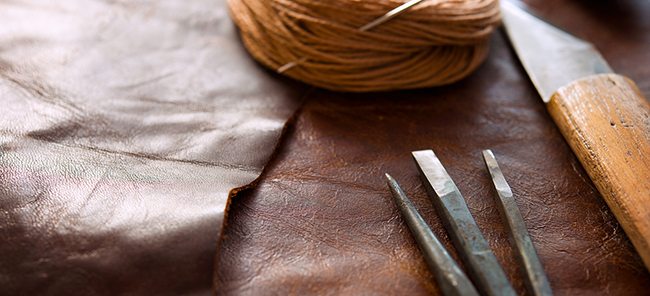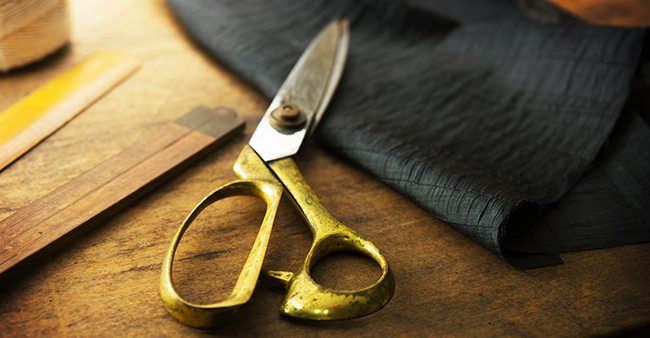
If you need to catch up: Bookmaking Part One / Part Two / Part Three
By Frances Atterbury
Finally, a hand made book has got to be covered. Artisan Books are designed around three criterion: Quality, Beauty and Permanence. Because of this, we bind our books in cloth. However, I’ve bound books in leather, cloth, paper, plastic and wood. The list is really as long as your imagination, although you will need deeper pockets the further away from normality you stray!
There are several things to consider when covering a book, and a lot of it is down to taste and cost, but these are my thoughts;
Cloth. This is a woven material and, for binding, it will be lined with paper. This is because it needs to be coated with glue before being attached to the boards and spine. Without the paper lining, the glue would seep through the weave and make for a very sticky and unpleasant book. That is why, although you can bind in any homemade or non standard printing cloth, you must first line it with paper; this can be a difficult and expensive process.
It is also worth considering what processes will be applied to the cloth. A common process applied to cloth is foil blocking, and different weaves and different cloths react very differently to foil. For example, this is especially true if you’re using white foil, which is notoriously difficult to work with. The cloth range we chose for Artisan Books were chosen, in part, because of the excellent way they reacted to foils from different manufacturers.
Leather is the most permanent normal covering material, with lots of varieties to choose from. Most of the large (over A3) books we make are bound in leather. We normally use goat leather, although we used calf on a book of jewelry recently because we needed a very smooth surface for a hallmark-style blocking. It’s a matter of choosing what gives you the desired finish; what works best with the rest of the book? It is possible to get reconstituted leather, made from the glued and pressed shavings of real leather. But why fake it? If you can’t afford the real thing, why highlight this to the world with second-rate alternative? To my mind, it is better to get the best of what you can afford.
 A lot of books are bound in paper and I have to confess I’m not keen. Binderies usually want the paper to be laminated and to my mind, this destroys the inherent beauty of the paper. However, un-laminated paper tends to wear at the corners and on the hinge and, as I said earlier, ‘permanence’ is a key word.
A lot of books are bound in paper and I have to confess I’m not keen. Binderies usually want the paper to be laminated and to my mind, this destroys the inherent beauty of the paper. However, un-laminated paper tends to wear at the corners and on the hinge and, as I said earlier, ‘permanence’ is a key word.
I made a book recently for the launch of the Indigo 10000. The book had a case made from 4mm MDF, but that makes for a heavy book! Similarly, we made a facsimile edition of the Domesday Book that had a case made from thousand year old oak. You really can cover a book with pretty much anything, it’s just up to you to work out how!
I’d like to end the blog series with a simple plea. I love making books. I love working out how to make a book. The most important thing in book-making, for me, is to remain open. Don’t spend your time telling yourself and your customer what can’t be done. Instead, work out how to make not just what was asked for but what your customer really wants too.

Big thanks to Francis Atterbury of Artisan Books for sharing his knowledge, creativity, and passion for bookmaking throughout this Bookmaking series. Connect with Artisan on Twitter @ArtisanBook and Facebook!
Read more about how HP is Powering Up Publishing! and stay tuned for a deep look into High Speed Inkjet heading your way in 2015!











